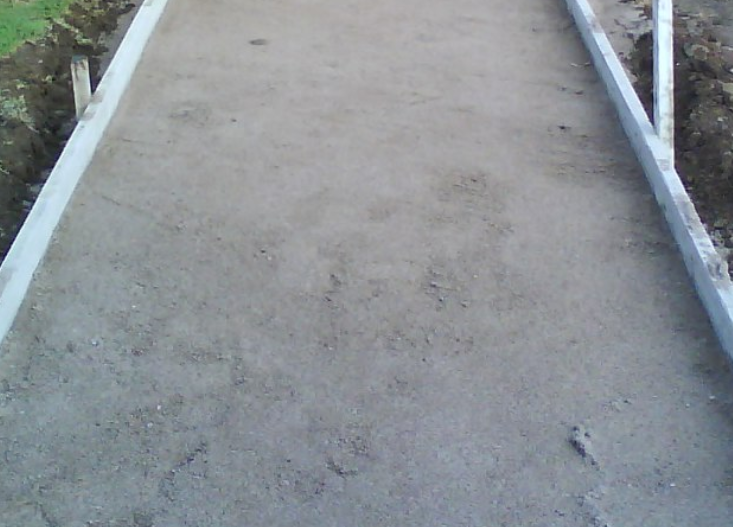It seems to me that many people think that a concrete driveway or path will cover any number of shortcuts and other sins.
Well if you want a good finish, that will last, you need to make sure that preparation isn’t skimped.
Without a good base for the slab to sit on cracks will soon spoil the finished look of your drive or path.
This is what I would regard as the minimum preparation for laying a concrete driveway or path for a new home.
- The area of excavation, and base, should be a minimum of the area of concrete plus 150 mm all round, except where the edge is against a wall.
- During dry weather excavate the area to a depth that will allow for the depth of the slab plus for a gravel base of at least 100mm.
- Check the excavated surface for soft areas. Typical soft areas can be; water logged, topsoil, and badly backfilled trenches.
- Excavate any soft areas and backfill with gravel well compacted in 100mm layers.
- Lay the gravel base to the required level making sure its well compacted, preferably with a vibrating plate compactor.
- Keep people and equipment off the area and make sure surface water is not allowed to flow across the area.
- Cover with a polythene layer. You can normally buy this off a roll by the m at a building suppliers for small jobs.
